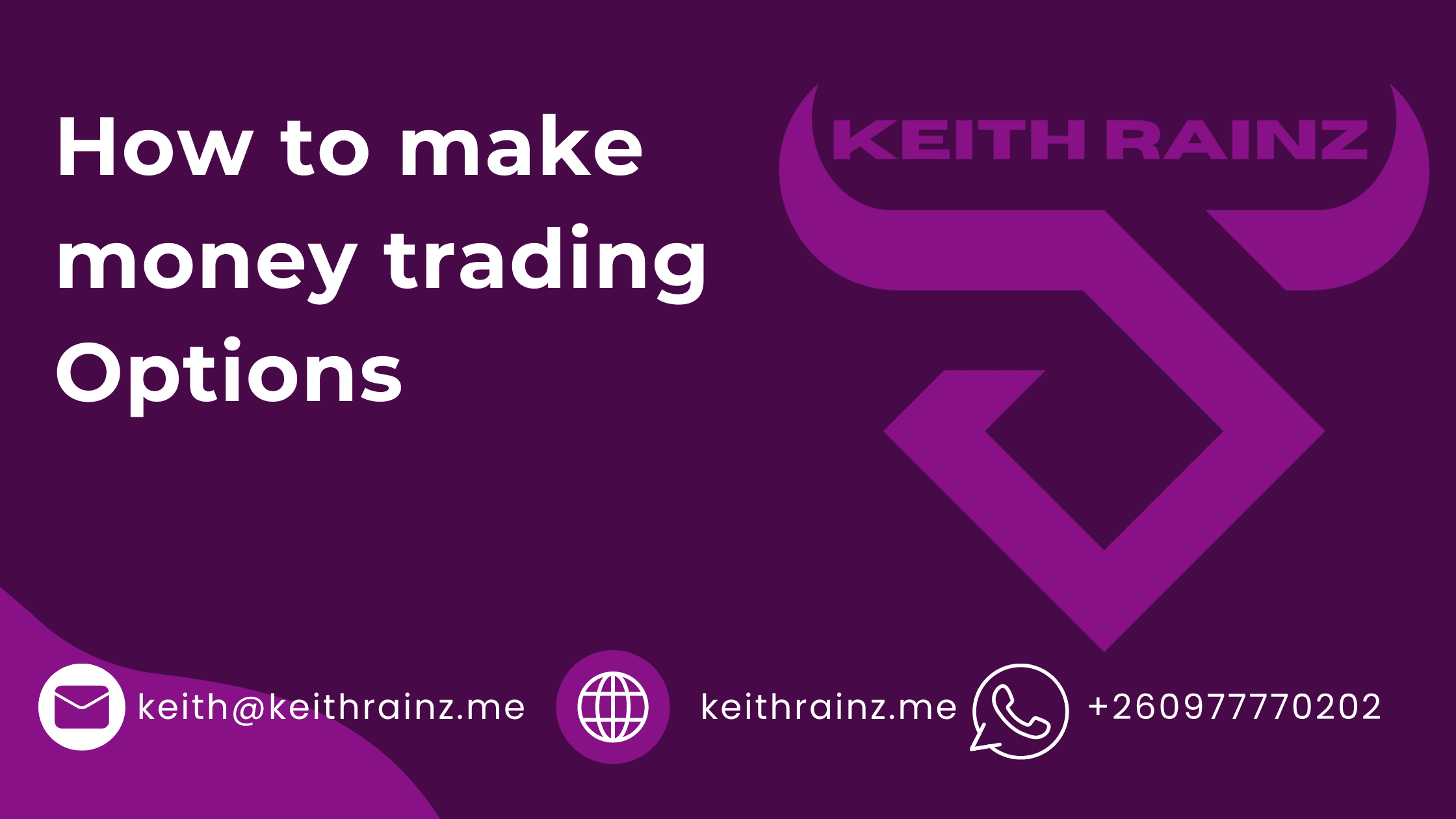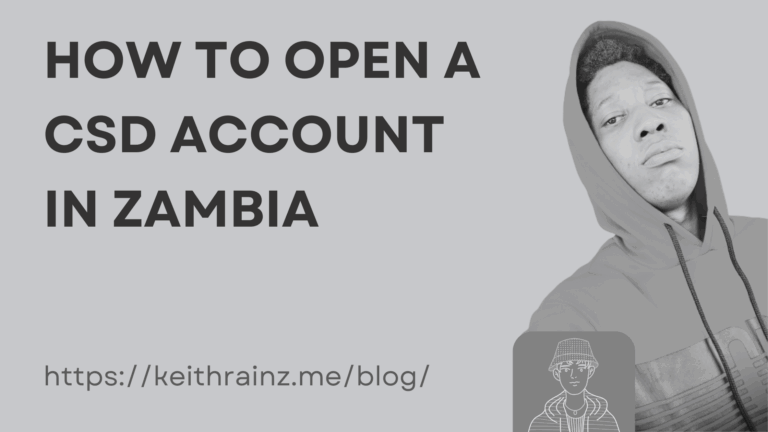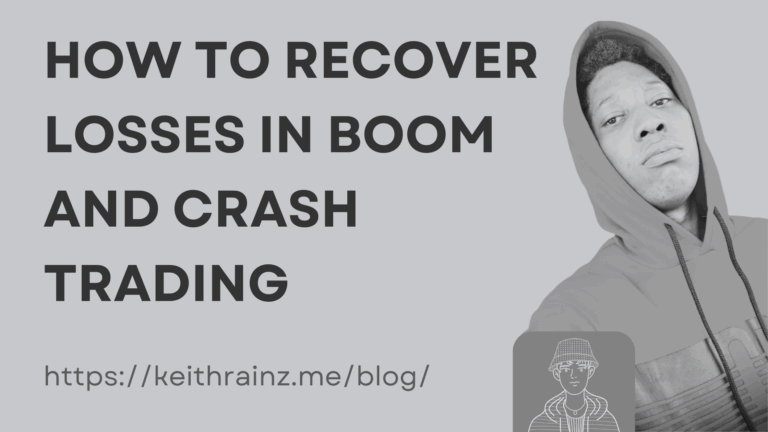There are several opportunities and hazards associated with investing in the various financial markets and their instruments. These market risks result from market volatility, where prices are constantly changing as a result of external influences. Trading methods, platforms, and styles must be used appropriately in this situation for traders to manage their capital.
One cannot always be a winner and a loser; investors can maximise their profits by trading with the right information and knowledge. The financial markets offer a variety of trading services and methods that can be employed as effective risk management tools to reduce hazards.
In this post, we’ll discuss how investors can profit from a sinking market by using the trading method of options. By the article’s conclusion, readers would have a better understanding of what options trading is and how to use it with various instruments to make money investing.
Options Trading
Options trading is a special approach to invest in the financial markets while holding a position that is already open. It is a form of derivative trading in which the seller creates a contract between the two trading parties. The buyer is granted the freedom to purchase or dispose of the trading instrument on the open market. A certain price known as the strike price and an expiration date are both included in the trading.
Let’s look at an example to help you better comprehend the options trading procedure. The greatest instrument for comparing option trading is a stock. Let’s say a shareholder purchases shares in a company, giving them ownership of the business and the right to vote.
As a result, when an investor purchases stock in a company, they do so with the expectation that the company will prosper in the future. As a result, the company’s share price and market position will both improve soon. The investor or shareholder would then sell the share for a profit after it had reached this position.
But while trading options, we adopt a different strategy. In this, the trader has the option to purchase or sell any underlying asset, including stocks. These are often pre-negotiated by the dealers at a specific price and date and come in bundles of 100. However, it does not obligate the investor to purchase or dispose of the instrument/stock on the expiration date.
Investors are permitted to let the contract expire, but they must pay a premium for purchasing the options at the start of the term, which they will lose if the contract ends and traders do nothing.
All market securities have options contracts accessible, and investors can choose the one they want to trade. The options are largely separated into two types:
- Call Choices
- Put Choices
Different Options
Call and put options contracts are the two varieties; due to their distinct characteristics, inventors might profit by employing them as investments. The paragraph discusses the call and put options and how traders can take advantage of them.
Call options have an expiration date and a striking price because they grant investors the right to purchase a market instrument for that length of time and a specific price.
While put options are the reverse of call options in that they give investors the option to sell a certain market item for a set period of time and price.
Traders can select the appropriate one for their trading instruments and profit greatly from it. The following are some of the rights that traders may have from the time that options are purchased until they expire in the options market:
- The traders will purchase or sell the trading instrument at the strike price and expiration date when they exercise their option.
- Options contracts can be sold by traders to other market participants.
- With the contract’s expiration, investors are free to leave without incurring any obligations.
- A trader must forfeit the premium they paid if they do not take action before the options contract expires.
- The purpose of trading options
- Due to the no-obligation clause and the fact that traders simply have to pay the premium amount, investing in options contracts is advantageous. Options, however, call for understanding of the market, skill, and tools for making significant profits. You cannot just go out and buy options. In order to profit from the market, they must be professionals with years of expertise.
The following list will help readers understand why investors choose to invest in options:
The investor gains greater rights or influence over the instrument by purchasing the options contract. A trader won’t have much control over the instrument if they merely purchase it with the same sum.
Investors can enjoy trading with a form of leverage known as an options contract at high market positions. These also provide the investor with increased rewards on the trade.
Options contracts give the trader the opportunity to monitor market and instrument movements and make decisions based on that information. Consequently, it aids in decision-making.
Trading options shields investors from market risks on the downside because it fixes the price of the item without requiring them to make a purchase.
Risks Related to Trading Options
Trading options carries the same dangers as investing in any market or form. For easy investment and profitable market returns, traders should be aware of these hazards associated with their trading style. The following are some dangers associated with trading options:
Trading options demands a thorough understanding of the market; otherwise, the trader risks losing all of their money and their initial investment very quickly.
- Trading options is challenging because traders find the process difficult to comprehend.
- Options trading involves a significant financial investment that can only be made by industry professionals.
- Options trading carries significant risks because investors may lose more money than they first invested.
- As a result, effective risk management strategies and thorough market and options trading expertise are required while trading options. Investors that are successful in options trading know how to use call and put options to their advantage to profit from the financial markets.
How can you use options to benefit in a down market?
When used as a legitimate method of profiting from the market and not as a derivative product designed for market speculators, options trading can be a lucrative investment. Fewer investors are aware that trading options is a great strategy to safeguard a portfolio or market instrument from market volatility or adverse risks.
An investor can make more money through options than a stock trader can from dividends if they use them correctly. Options are an effective investment method that traders can employ to reduce their market risks and profit from their investments in down markets. The options trading strategies for profiting in a declining market are listed below:
Promote a Covered Call
Selling a covered call is only one of the many profitable options trading tactics that investors may adopt. Investors utilise the options trading approach to increase their earnings and protect themselves from market losses. The trading method makes money from market participants who think the price of the item won’t increase soon.
The trader will have a profit cap in this case because the price of the underlying asset may slightly grow or drop.
For instance, an investor might purchase 100 shares of XYZ for $50 on February 1, 2022, and sell them the same day using a call option with a premium of $10. The contract has a strike price of $52 and expires on June 1, 2022. The company’s stock ended trading on June 1, 2022, at $60. Given that the closing price exceeded the $52 strike price in this instance, the trader has the right to exercise the option and get $52 for each share.
As a result, the investor earned $8 in profit and had already received $10 in premium. From the investment of options, traders make $18.
Consider, however, that on June 1, 2022, the shares of firm XYZ close at $40. Because the share is currently being sold on the market for $40, the trader would not execute the option. In this circumstance, the trader would not purchase the shares at $52. In this case, the trader will lose $10 per share, and if we exclude the $4 premium, the net loss per share is $6.
getting puts
When the value of the traded instrument declines, inventors can profit from the put option, which is a profitable options trading strategy. As opposed to selling a covered call option, it Put options give the holder the right to sell the underlying trading asset for a certain price and within a predetermined time frame.
When the price of the traded asset declines, the trader using put options will profit from their investment. This is the ideal illustration of how to use options to profit from a declining market. Similar to short selling, put options allow investors to profit from a decline in the value of the underlying assets. But shorting stocks has significant dangers.
However, the options trader will lose money if the market price of the traded asset rises. The instrument would expire and the trader would lose money if the price rose and exceeded the strike price. Therefore, when a trader anticipates a decline in the market, they should use the put option.
For instance, Wonders shares are currently available for purchase at a market price of $45. However, the investor thinks that the share price will fall. As a result, the trader purchases a put option with a $40 strike price and a month’s expiration. Let’s imagine that a month from now, the Wonders shares are worth $30.
Under these circumstances, the trader would exercise the put option and sell the shares for $40 more. Having a $10 net profit as a result, in addition to the share premium. The investor would have made $15 if the premium paid had been $5.
With a put option, the asset’s value will rise or fall in proportion to its market value. In contrast, if the underlying asset approaches the asset’s strike price, the price of the put option will rise.
Given that the traders are under no obligation to exercise their option, buying puts is less hazardous than shorting securities on the market. They will only be left with the premium loss on this trade that traders paid at the start of the investment.
Conclusion
Although trading options is a dangerous business, if done correctly, a trader might get various market advantages. For speculators and other market investors who want to trade in the rise and fall of market instruments, the derivative trading agreement is advantageous.
To get the most out of investments, options trading takes experience and market understanding. In a declining market, a trader can profit by purchasing puts and writing covered call options. The essay has addressed every facet of options trading, including how investors can use options to profit from a declining market.
With online brokers like Investby, who offer a wide range of services and investment instruments together with the greatest trading platforms and research tools, traders can use options trading methods.







